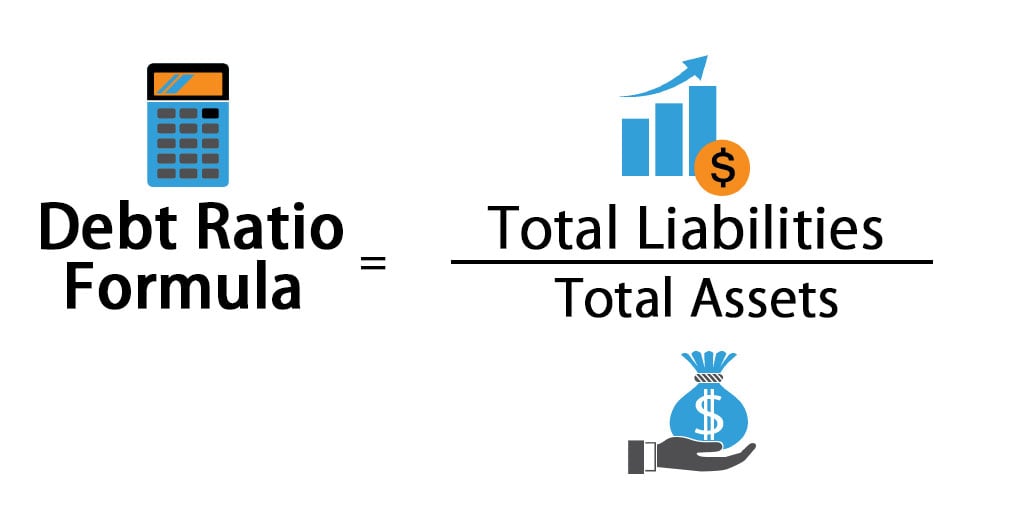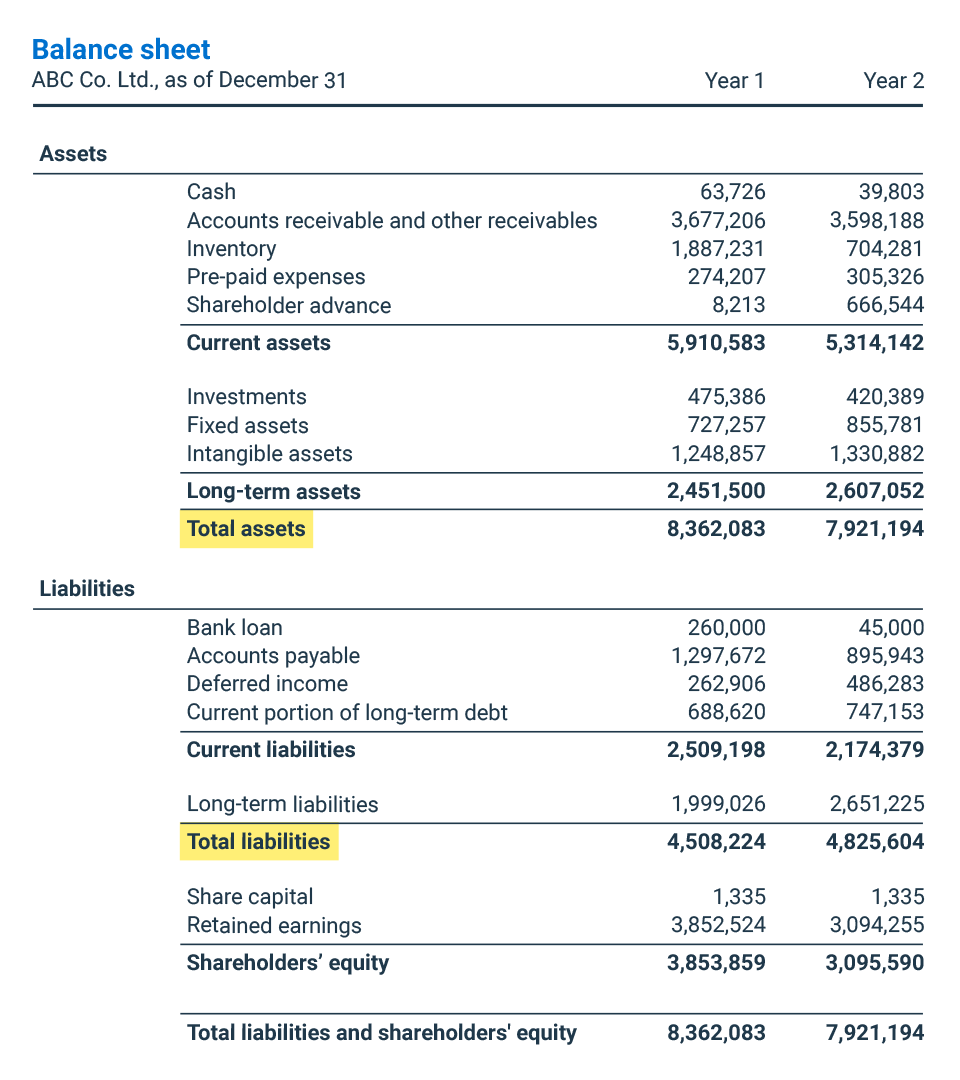
For US companies, the average debt-to-equity ratio is about 1.5 (this is also typical for other countries). Inflation can erode the real value of debt, potentially making a company appear less leveraged than it actually is. It’s crucial to consider the economic environment when interpreting the ratio. While it depends on the industry, a D/E ratio below 1 is often seen as favorable. Ratios above 2 could signal that the company is heavily leveraged and might be at risk in economic downturns.
Formula and Calculation of the D/E Ratio

We can see below that for Q1 2024, ending Dec. 30, 2023, Apple had total liabilities of $279 billion and total shareholders’ equity of $74 billion. The D/E ratio illustrates the proportion between debt and equity in a given company. In other words, the debt-to-equity ratio shows how much debt, relative to stockholders’ equity, is used to finance the company’s assets. This debt to equity calculator helps you to calculate the debt-to-equity ratio, otherwise known as the D/E ratio. This metric weighs the overall debt against the stockholders’ equity and indicates the level of risk in financing your company. A company’s management will, therefore, try to aim for a debt load that is compatible with a favorable D/E ratio in order to function without worrying about defaulting on its bonds or loans.
Why are D/E ratios so high in the banking sector?
Industries that are capital-intensive, such as utilities and manufacturing, often have higher average ratios due to the nature of their operations and the substantial amount of capital required. Therefore, it is essential to align the ratio with the industry averages and the company’s financial strategy. A high D/E ratio indicates that a company has been aggressive in financing its growth with debt. While this can lead to higher returns, it also increases the company’s financial risk. Capital-intensive sectors, such as utilities and manufacturing, often have higher ratios due to the need for significant upfront investment.
What is your risk tolerance?
- If the company were to use equity financing, it would need to sell 100 shares of stock at $10 each.
- ✝ To check the rates and terms you may qualify for, SoFi conducts a soft credit pull that will not affect your credit score.
- A high Debt to Equity ratio can lead to increased interest expenses and financial instability.
- It shows the proportion to which a company is able to finance its operations via debt rather than its own resources.
The personal D/E ratio is often used when an individual or a small business is applying for a loan. Lenders use the D/E figure to assess a loan applicant’s ability to continue making loan payments in the event of a temporary loss of income. If both companies have $1.5 million in shareholder equity, then they both have a D/E ratio of 1. On the surface, the risk from leverage is identical, but in reality, the second company is riskier. Business owners use a variety of software to track D/E ratios and other financial metrics.
Wise use of debt can help companies build a good reputation with creditors, which, in turn, will allow them to borrow more money for potential future growth. Companies also use debt, also known as leverage, to help them accomplish business goals and finance operating costs. Calculating a company’s debt-to-income ratio requires a relatively simple formula investors can use on their own or with a spreadsheet. Short-term debt also increases a company’s leverage, of course, but because these liabilities must be paid in a year or less, they aren’t as risky. Understanding the average Debt to Equity ratio in your industry helps contextualize your company’s financial standing. This comparison can inform strategic decisions regarding financing and growth.
High & Low Debt to Equity Ratio
When examining the health of a company, it is critical to pay attention to the debt-to-equity ratio. If the ratio is rising, the company is being financed by creditors rather than from its own financial sources, which can be a dangerous trend. Lenders and investors usually prefer low debt-to-equity ratios because their interests are better protected in the event of a business decline. Therefore, companies with high debt-to-equity ratios may not be able to attract additional debt capital. The debt-to-equity ratio is one of several metrics that investors can use to evaluate individual stocks. At its simplest, the debt-to-equity ratio is a quick way to assess a company’s total liabilities vs. total shareholder equity, to gauge the company’s reliance on debt.
Companies leveraging large amounts of debt might not be able to make the payments. Therefore, even if such companies have high debt-to-equity ratios, it doesn’t necessarily mean they are risky. For example, companies in the utility industry must borrow large sums of cash to purchase costly assets to maintain business operations.
In contrast, a company with a low ratio is more conservative, which might be more suitable for its industry or stage of development. Considering the company’s context and specific circumstances when interpreting this ratio is essential, which brings us to the next question. Here, “Total Debt” includes both short-term and long-term liabilities, while “Total Shareholders’ Equity” refers to the ownership interest in the company. A challenge in using the D/E ratio is the inconsistency in how analysts define debt. Therefore, comparing D/E ratios across different industries should be done with caution, as what is normal in one sector may not be in another.
The debt-to-equity (D/E) ratio is used to evaluate a company’s financial leverage and is calculated by dividing a company’s total liabilities by its shareholder equity. It is a measure of the degree to which a company is financing its operations with debt rather than its own resources. A lower debt to equity ratio usually implies whitepapers on accounting and cloud technology a more financially stable business. Companies with a higher debt to equity ratio are considered more risky to creditors and investors than companies with a lower ratio. Since debt financing also requires debt servicing or regular interest payments, debt can be a far more expensive form of financing than equity financing.
The principal payment and interest expense are also fixed and known, supposing that the loan is paid back at a consistent rate. It enables accurate forecasting, which allows easier budgeting and financial planning. So, the debt-to-equity ratio of 2.0x indicates that our hypothetical company is financed with $2.00 of debt for each $1.00 of equity. ✝ To check the rates and terms you may qualify for, SoFi conducts a soft credit pull that will not affect your credit score. It’s easy to get started when you open an investment account with SoFi Invest.
On the other hand, companies with low debt-to-equity ratios aren’t always a safe bet, either. For example, a company may not borrow any funds to support business operations, not because it doesn’t need to but because it doesn’t have enough capital to repay it promptly. Including preferred stock in total debt will increase the D/E ratio and make a company look riskier. Including preferred stock in the equity portion of the D/E ratio will increase the denominator and lower the ratio. This is a particularly thorny issue in analyzing industries notably reliant on preferred stock financing, such as real estate investment trusts (REITs). Debt to equity ratio shows the relationship between a company’s total debt with its owner’s capital.
